All You Need to Know About Citrine
Click here to see our crystal hunting maps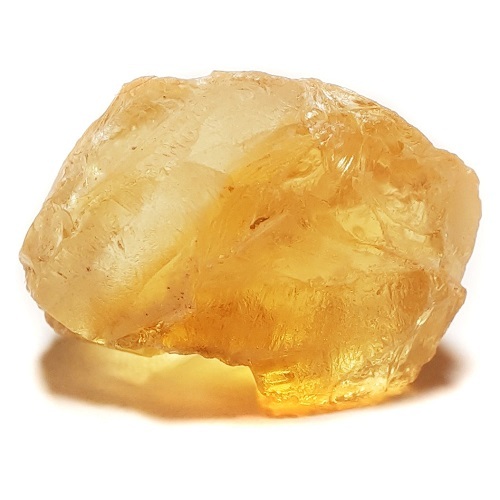
The first thing to know is that citrine is a mesmerizing gemstone with radiant hues of sunshine yellow to warm amber. This vibrant gem is a variety of quartz that has captivated the hearts of rockhounds, gem enthusiasts, and jewelry buyers with its beauty, lore, and purported metaphysical properties for centuries.
In this comprehensive guide, we will explore the rich history of citrine, its unique characteristics, the various types and varieties, sourcing and mining, uses in jewelry and healing, purchasing and caring tips, and its place in modern culture. So, whether you're a seasoned rockhound, a jewelry aficionado, or simply someone drawn to the sunny allure of this dazzling stone, this article provides all the information you need to appreciate citrine in its full glory.
Overview and Historical Significance of the Citrine Gem
Citrine's name is derived from the French word "citron," meaning lemon, a nod to its most common coloration. This gem has adorned countless pieces of jewelry and historical artifacts throughout time. Ancient civilizations, from the Greeks and Romans to the Egyptians, revered citrine for its purported ability to bring good fortune, prosperity, and protection.
One famous example of citrine's historical significance is the "Citrine Vase of the Qianlong Emperor," a stunning artifact from 18th-century China. This intricate piece, showcasing the craftsmanship of the era, is housed in the National Palace Museum in Taipei. Another notable piece is the Citrine Necklace of Queen Victoria "the Maltese Cross Brooch", a gift from her husband Prince Albert, who believed in the gem's power to attract wealth and happiness. The Cartier citrine and diamond brooch owned by Wallis Simpson, the Duchess of Windsor is also another very notable citrine piece.
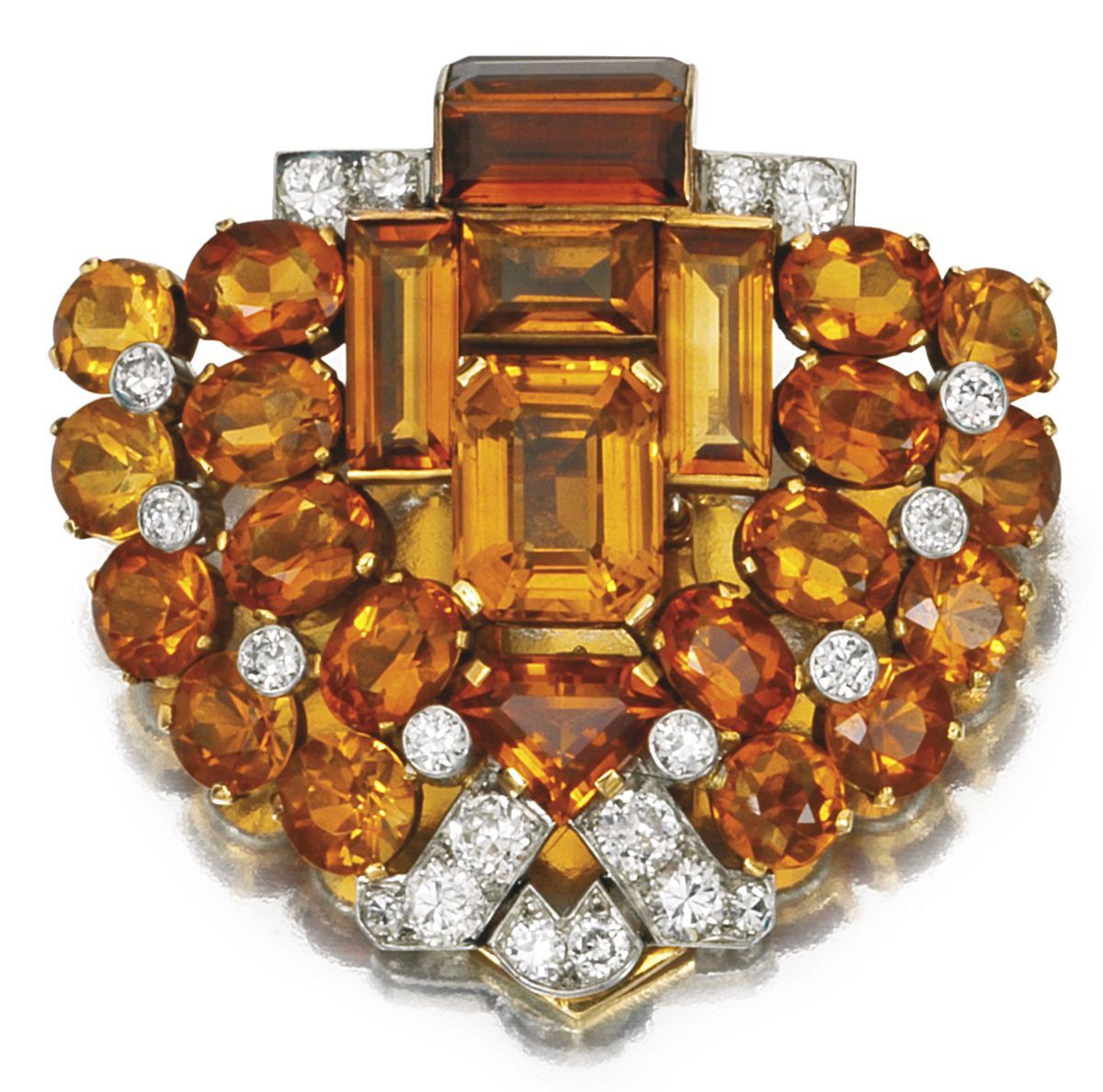
In the 19th century, citrine gained popularity during the Art Deco period, a time characterized by bold, geometric designs. The gemstone was frequently used in statement pieces, often paired with diamonds and other colored gemstones. This era cemented citrine's status as a fashionable and desirable gem.
In modern times, citrine continues to be a beloved gemstone, often chosen for its affordability, versatility, and sunny disposition. Its popularity is reflected in the works of renowned jewelers like Tiffany & Co., Cartier, and Bulgari, who have all incorporated citrine into their collections. Celebrities such as Angelina Jolie, Kate Middleton, and Emma Stone have also been spotted sporting citrine jewelry, further solidifying its status as a fashionable and desirable gem.
Characteristics of Citrine
Physical Properties of Citrine
Citrine is a variety of quartz, one of the most abundant minerals on Earth. It is known for its distinct yellow-to-orange coloration, caused by trace amounts of iron within its crystal structure. Citrine ranges from pale yellow to deep orange, with hues like Madeira citrine (a deep reddish-orange) being particularly prized.
Citrine is a relatively hard gemstone, ranking 7 on the Mohs hardness scale. This makes it durable enough for everyday wear, and suitable for various types of jewelry. It typically exhibits good clarity, with minimal inclusions visible to the naked eye. Citrine's luster is vitreous, meaning it has a glassy shine.
Chemical Composition of Citrine
As a member of the quartz family, citrine shares the same chemical composition as other quartz varieties, primarily consisting of silicon dioxide (SiO2) with traces of iron that give it its distinct yellow color. The presence of iron impurities within the crystal structure is what differentiates citrine from other quartz varieties like amethyst and smoky quartz. The intensity of the color is determined by the amount of iron present.
Formation
Citrine can form in several ways. Natural citrine is formed when amethyst, a purple variety of quartz, is exposed to heat deep within the earth's crust. This heat causes the iron impurities in the amethyst to change their oxidation state, resulting in the yellow-to-orange coloration of citrine.
Most commercially available citrine, however, is produced by heat-treating amethyst or smoky quartz. This process, which involves heating amethyst to high temperatures, is widely accepted in the gem trade. While natural citrine is relatively rare, heat-treated citrine offers a wider range of colors and is more affordable.
Types and Varieties of Citrine
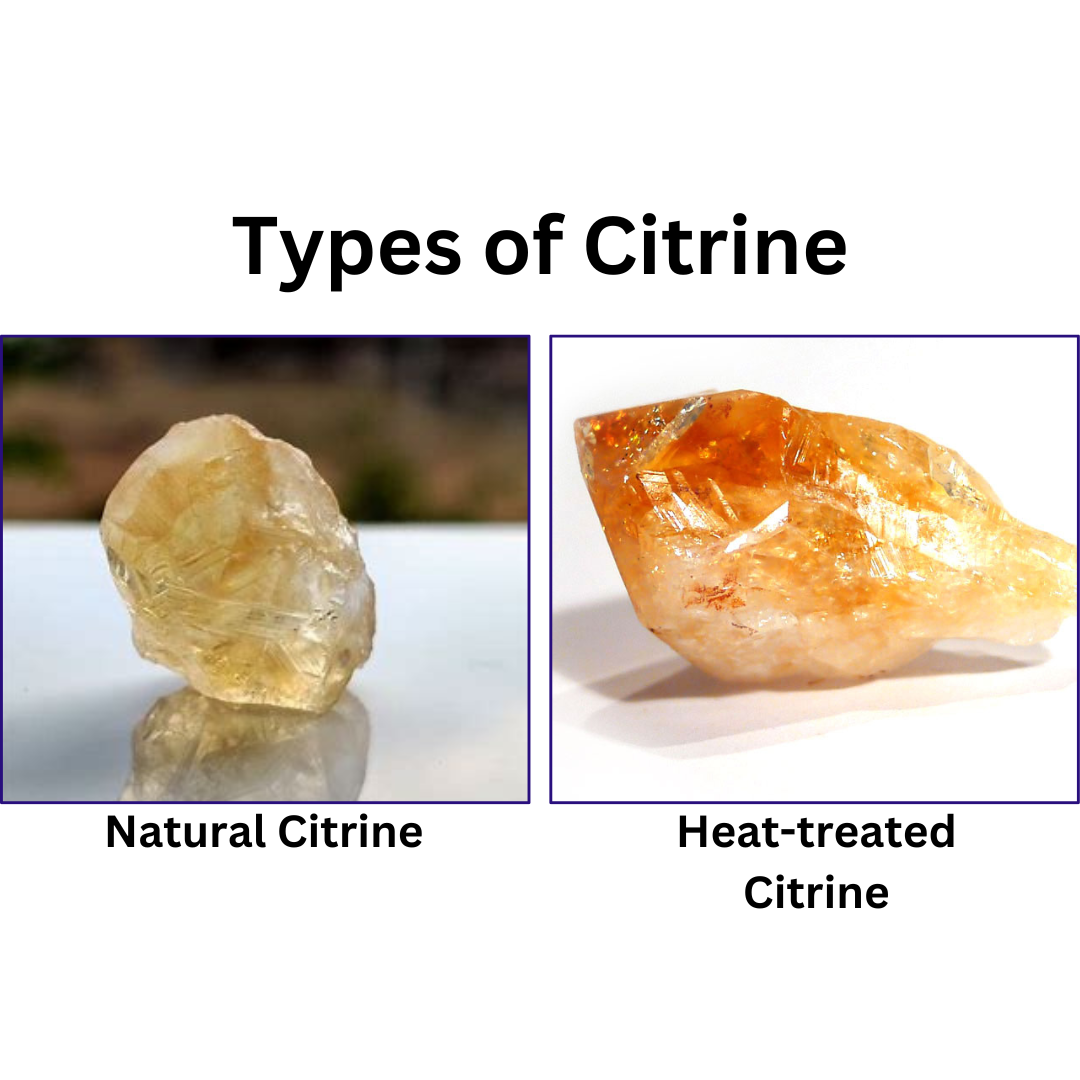
Natural vs. Heat-Treated Citrine
Natural citrine is formed through natural geological processes and is relatively rare. Heat-treated citrine, on the other hand, is produced by heating amethyst or smoky quartz to temperatures between 800 and 1,000 degrees Fahrenheit. This process changes the color to the yellow-to-orange hues characteristic of citrine.
Natural vs. Heat-Treated Citrine: Comparison Table
| Feature | Natural Citrine | Heat-Treated Citrine |
|---|---|---|
| Color | Typically pale yellow to pale orange, rarely deep orange or reddish-orange | A wider range of colors, from pale yellow to deep orange and reddish-orange |
| Rarity | Relatively rare | More common |
| Origin | Formed naturally in the earth due to geological processes | Created by heating amethyst to high temperatures |
| Value | Generally more valuable due to rarity | Generally less expensive than natural citrine |
| Inclusions | May contain natural inclusions | Typically has fewer inclusions due to the heat treatment process |
| Identification | Requires specialized gemological testing to distinguish from heat-treated citrine | Can often be identified by its more intense color and fewer inclusions |
| Availability | Limited availability due to rarity | Widely available in the market |
Additional Notes:
While this table provides a general overview, exceptions exist. Some natural citrine can exhibit deeper colors, and some heat-treated citrine may have inclusions.
Gemological testing, such as microscopic examination and spectroscopic analysis, is the most reliable way to differentiate between natural and heat-treated citrine.
Both natural and heat-treated citrine are considered genuine gemstones. The choice between them is often a matter of personal preference and budget.
Common Varieties of Citrine
Madeira Citrine:
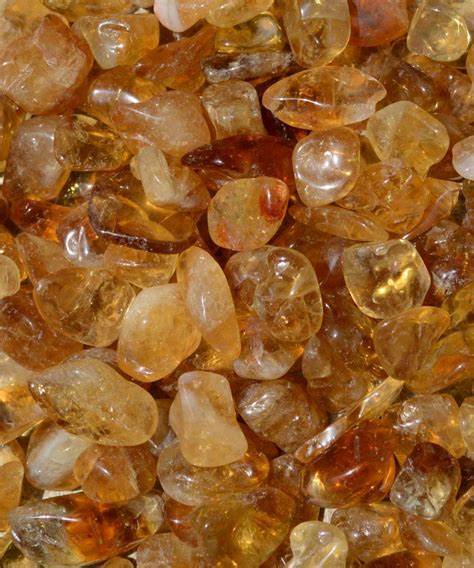
This variety has a deep reddish-orange color, reminiscent of Madeira wine. It is one of the most sought-after types of citrine due to its intense hue.
Palmeria Citrine:
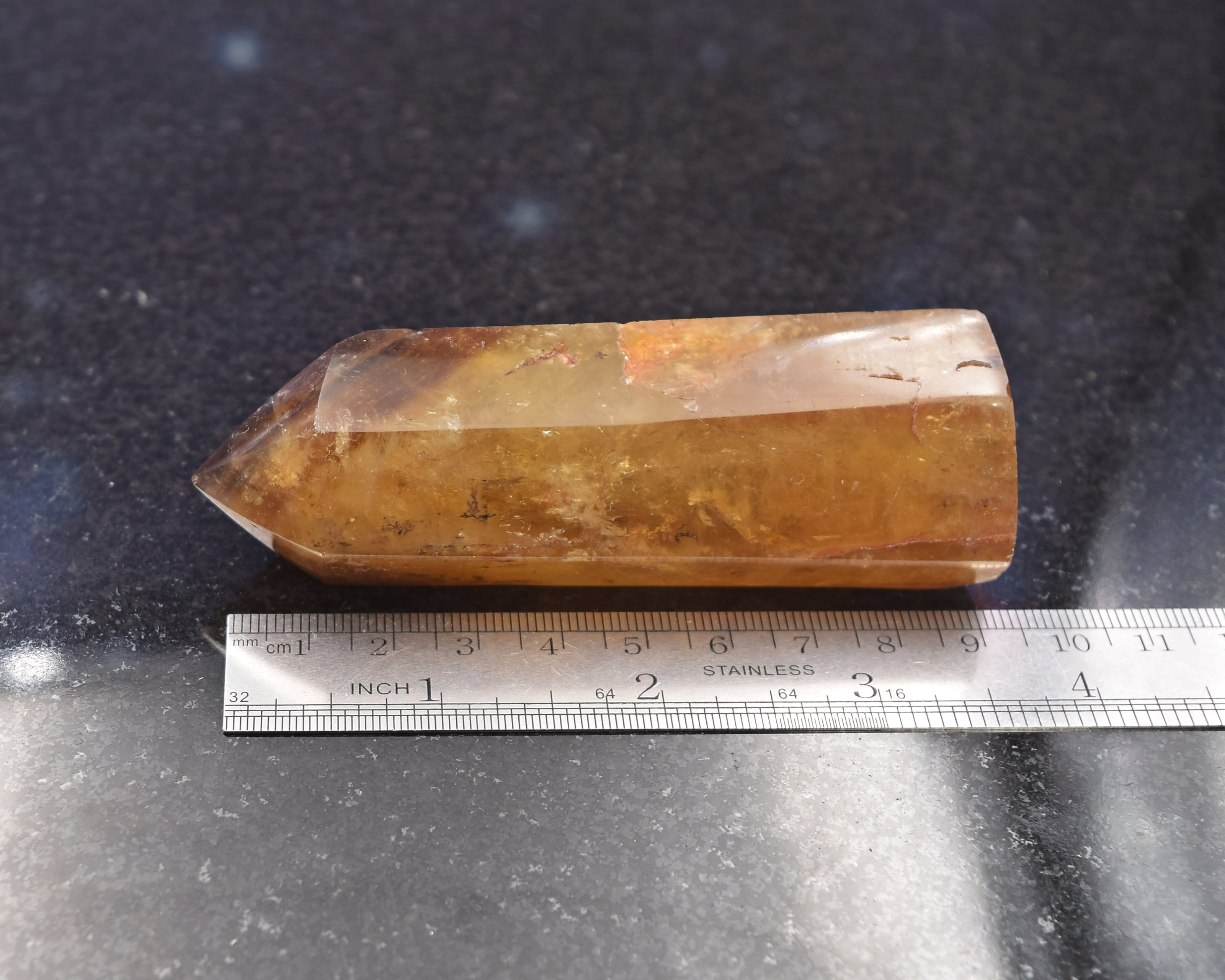
This variety has a pale yellow to golden yellow color and is often found in large crystals.
Lemon Citrine:
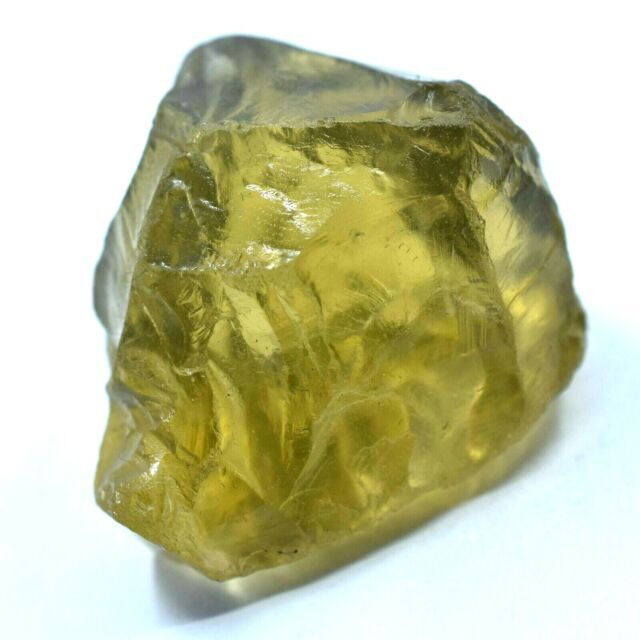
This variety has a bright, lemony yellow color and is known for its clarity. It is often produced through heat treatment or irradiation.
Common Citrine Imitations
Citrine is often imitated using glass or synthetic materials that mimic its color. These imitations can be challenging to identify without proper gemological tools, but trained gemologists can distinguish genuine citrine from fakes through careful examination.
Citrine Enhancements
Heat treatment is the most common enhancement for citrine, used to achieve desirable colors from less valuable quartz varieties. While this treatment is widely accepted in the gem trade, it is essential for buyers to be aware of it and seek disclosure from sellers.
RELATED TOPIC:Everything About Jade: The Ultimate Guide to Understanding Jade
Sourcing and Mining Locations
Major Sources of Citrine
Citrine is sourced from several countries around the world, with the most significant deposits found in:
- Brazil: The largest supplier of citrine, particularly from the states of Rio Grande do Sul, Minas Gerais, and Bahia.
- Zambia: Known for producing high-quality, natural citrine with excellent color and clarity.
- Madagascar: A notable source of natural citrine, often with unique and striking colors.
- Spain: Spanish citrine, particularly from the Anahí mine, is highly valued for its deep orange color and historical significance.
Mining Methods
Citrine is typically mined using conventional methods for quartz extraction, including open-pit mining and hydraulic mining. These methods involve removing large quantities of rock and soil to access the gem-bearing deposits. Once extracted, the rough citrine crystals are cleaned, sorted, and graded before being cut and polished for use in jewelry.
Uses of Citrine
Citrine is a versatile gemstone used in various forms of jewelry and decorative objects. Its vibrant color and durability make it ideal for:
- Jewelry: Citrine is a popular choice for rings, necklaces, earrings, bracelets, and pendants. It can be cut into various shapes, including faceted, cabochon, and beads.
- Decorative Objects: Citrine is also used in carvings, sculptures, and other decorative objects, adding a touch of sunshine to any space.
- Metaphysical Uses: Citrine is believed by some to have various metaphysical properties, such as attracting wealth, abundance, and happiness. It is often used in crystal healing practices and meditation.
Citrine in Metaphysics and Healing
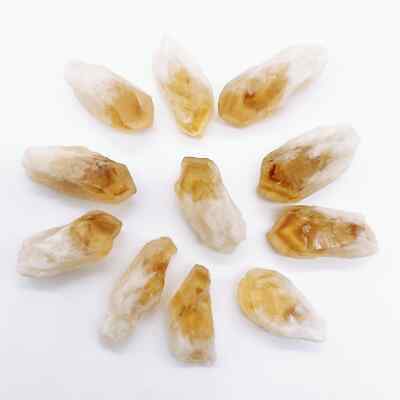
Citrine is known as the "stone of abundance" in metaphysical circles. It is believed to attract wealth, prosperity, and success. Citrine is believed to possess powerful metaphysical properties, often associated with the solar plexus chakra. Some of the purported benefits of citrine include:
- Promoting Positivity: Known as the "success stone," citrine is thought to attract wealth, success, and prosperity.
- Enhancing Creativity: Citrine is said to stimulate creativity and imagination, making it a favorite among artists and writers.
- Boosting Energy: The gemstone is believed to boost physical energy and endurance, making it a popular choice for athletes and active individuals.
- Crystal Healing: Citrine is thought to cleanse and energize the solar plexus chakra, which is associated with personal power, self-esteem, and willpower. It is also believed to aid in digestion, improve circulation, and alleviate depression.
While these claims have not been scientifically proven, many people believe in the power of citrine to bring positive energy and healing into their lives.
Purchasing and Caring for Citrine
Buying Tips
When purchasing citrine, consider the following factors to ensure you get the best value:
- Color: The most valuable citrine exhibits a rich, saturated color without being too dark or too light.
- Clarity: Look for stones with minimal inclusions, which are natural imperfections that can affect the gem's clarity and brilliance.
- Cut: Choose a cut that showcases the gem's brilliance and fire. Popular cuts for citrine include oval, round, cushion, and emerald.
- Carat Weight: The size of the citrine will affect its price. Larger stones are typically more expensive than smaller ones.
- Certification: Consider buying from reputable sources that provide certification for their gemstones.
Factors Affecting Value
- Natural vs. Treated: Natural citrine is generally more valuable than heat-treated stones.
- Color Intensity: Deep, vibrant colors, especially in Madeira citrine, command higher prices.
- Clarity and Cut: Stones with excellent clarity and a high-quality cut are more desirable.
Where to Buy
Citrine can be purchased from various sources, including:
- Jewelry Stores: Both online and brick-and-mortar stores offer a wide selection of citrine jewelry.
- Gem Shows: These events are excellent opportunities to see a variety of citrine stones and jewelry up close.
- Online Marketplaces: Websites like our Rockhounding marketplace, Etsy and eBay have numerous sellers offering citrine gemstones and jewelry, but it's essential to verify the seller's reputation.
Care and Maintenance of Citrine
Caring for citrine jewelry involves regular cleaning and proper storage:
- Cleaning: Use a mild soap solution and a soft brush to clean citrine jewelry. Avoid harsh chemicals and ultrasonic cleaners, which can damage the stone.
- Storage: Store citrine jewelry separately from other gemstones to prevent scratches. Use a soft pouch or a lined jewelry box for safekeeping.
Citrine in Modern Culture
Citrine Trends
Citrine has maintained its popularity in modern fashion, with designers frequently incorporating it into contemporary jewelry collections. Its warm hues complement a wide range of styles, from casual to formal, making it a versatile choice for various occasions.
Celebrity Citrine Jewelry
Many celebrities have been spotted wearing citrine jewelry, further boosting its popularity. Stars like Kate Winslet and Jessica Simpson have showcased stunning citrine pieces on the red carpet, highlighting the stone's elegance and charm.
Citrine Endorsements
Citrine's appeal extends beyond fashion, with endorsements from notable figures in the wellness and metaphysical communities. Its reputed healing properties and association with positivity make it a favored gemstone among those seeking balance and harmony.
RELATED TOPIC: Rockhounding Gift Ideas
Conclusion
Citrine's enduring appeal lies in its vibrant color, historical significance, and versatile use in jewelry and decorative objects. Whether you're drawn to its metaphysical properties or its aesthetic beauty, citrine offers something for everyone. Understanding the different types, sources, and enhancements of citrine, along with proper care and purchasing tips, ensures you can fully appreciate and enjoy this captivating gemstone. Whether you're adding to your collection or purchasing your first citrine piece, this comprehensive guide provides all the information you need to make an informed decision.
